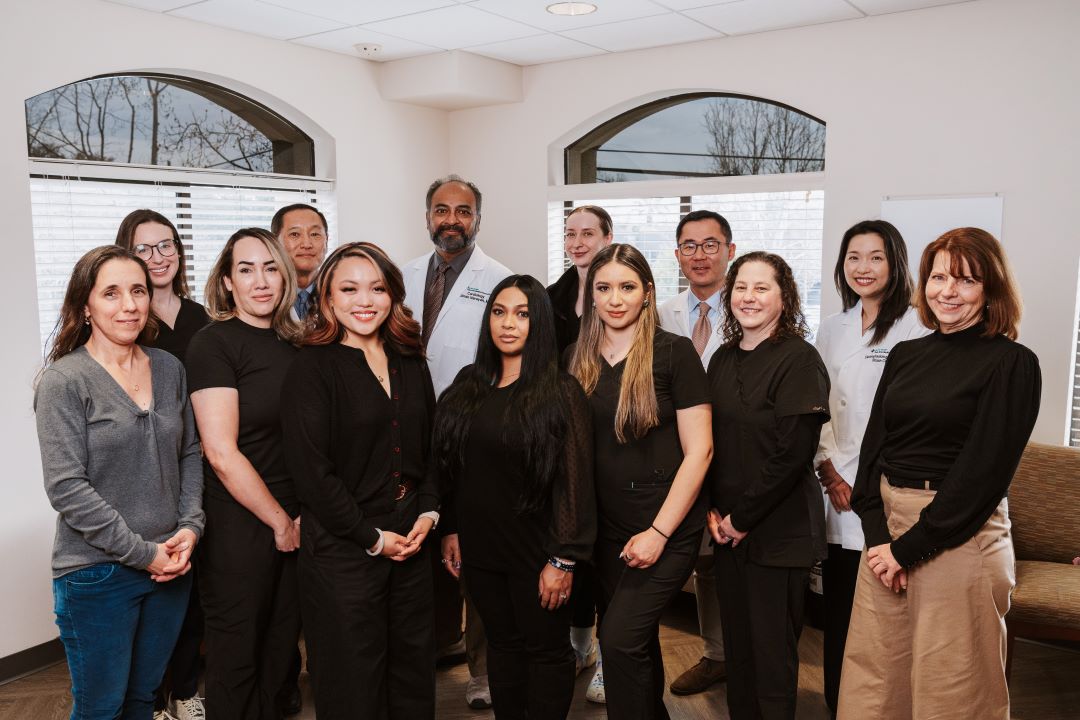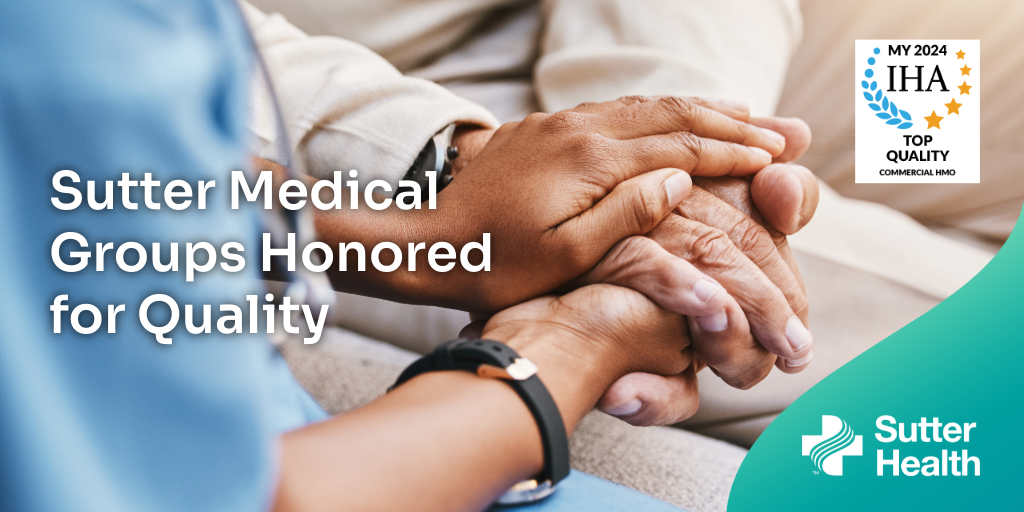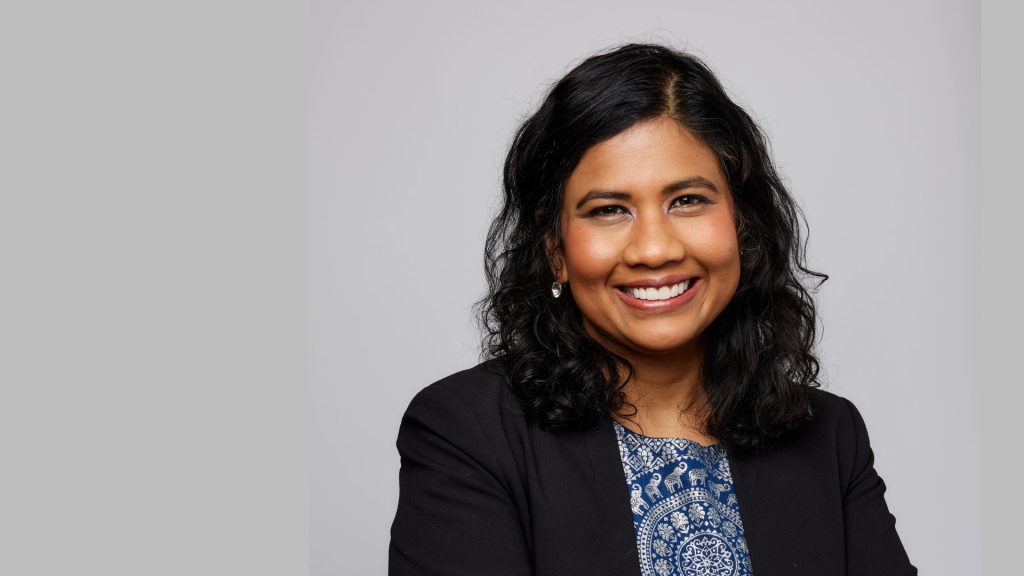In just a few short months, Sutter’s Arrhythmia Center in Palo Alto has already transformed how care is delivered to patients with complex heart rhythm disorders, offering faster access to specialty care, improving clinical outcomes and significantly reducing patient anxiety.
Launched as a pilot program under the leadership of Dr. Sung Chun, the Center was developed to address a persistent challenge in cardiac care: long wait times to see an electrophysiologist.
“In my 30 years of practice, it’s been incredibly exciting to witness the evolution of technologies that can cure rhythm disorders we once thought untreatable,” said Dr. Chun. “But one thing that’s always been frustrating is patient access—how hard it is for people to get in to see us when they’re most scared and vulnerable.”
At the Sutter’s Palo Alto Medical Foundation alone, electrophysiologists see more patients than academic specialists in the Bay Area combined. With philanthropic support totaling $3.5 million, the Institute launched a team-based care model, adding key personnel including a new patient nurse coordinator and patient navigator. Since the official rollout in January, patient wait times have been slashed from an average of 60 days to less than 20 days—already outperforming the national average of 45 days to see a cardiologist.
The program’s new model is designed to triage patients efficiently and compassionately. Rather than scheduling consultations based solely on availability, new requests are first reviewed by a registered nurse trained in electrophysiology, who identifies urgent cases that require immediate attention. Patients receive a call within 24 to 48 hours of referral and, when necessary, are scheduled for tests in advance of their first visit—allowing for diagnosis and treatment planning in a single appointment.
Dr. Chun shared a personal story that reinforced the urgency of change: “A friend called me on behalf of a neighbor who had been waiting weeks for an appointment at another institution. I rearranged my schedule, had all the tests done within days, and we had a treatment plan and procedure completed in less than two weeks. That experience showed me this was possible—it just takes focus and teamwork.”
The Arrhythmia Center’s approach is already improving care in measurable ways. Patient anxiety has dropped as they receive prompt attention and more time with clinical staff. Physicians, relieved of some administrative duties, can focus more on clinical care. Early data show a 25% increase in new patient access, and outcomes such as reduced stroke risk and prevention of cardiac emergencies are expected to follow.
“We’re doing more than saving time—we’re saving lives,” said Dr. Chun. “Prompt recognition and intervention for conditions like atrial fibrillation or heart pauses can prevent devastating consequences like strokes or loss of consciousness leading to serious injuries.”
Looking ahead, the Arrhythmia Institute plans to expand this model to additional electrophysiologists this year and eventually to the full cardiology department. Partnerships with the research institute are underway to measure clinical outcomes, patient satisfaction, and cost-effectiveness. The team is also developing custom educational materials to ensure patients leave visits informed and empowered.
“This is more than a new clinic,” Dr. Chun said. “It’s a new way of thinking about access, urgency and what it means to truly care for our patients.”





